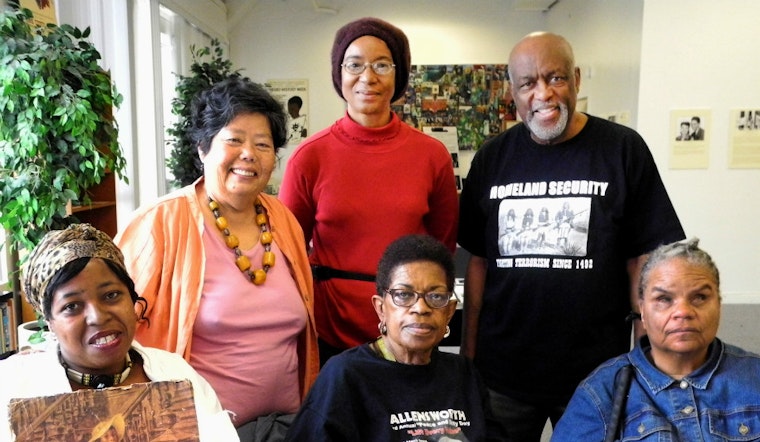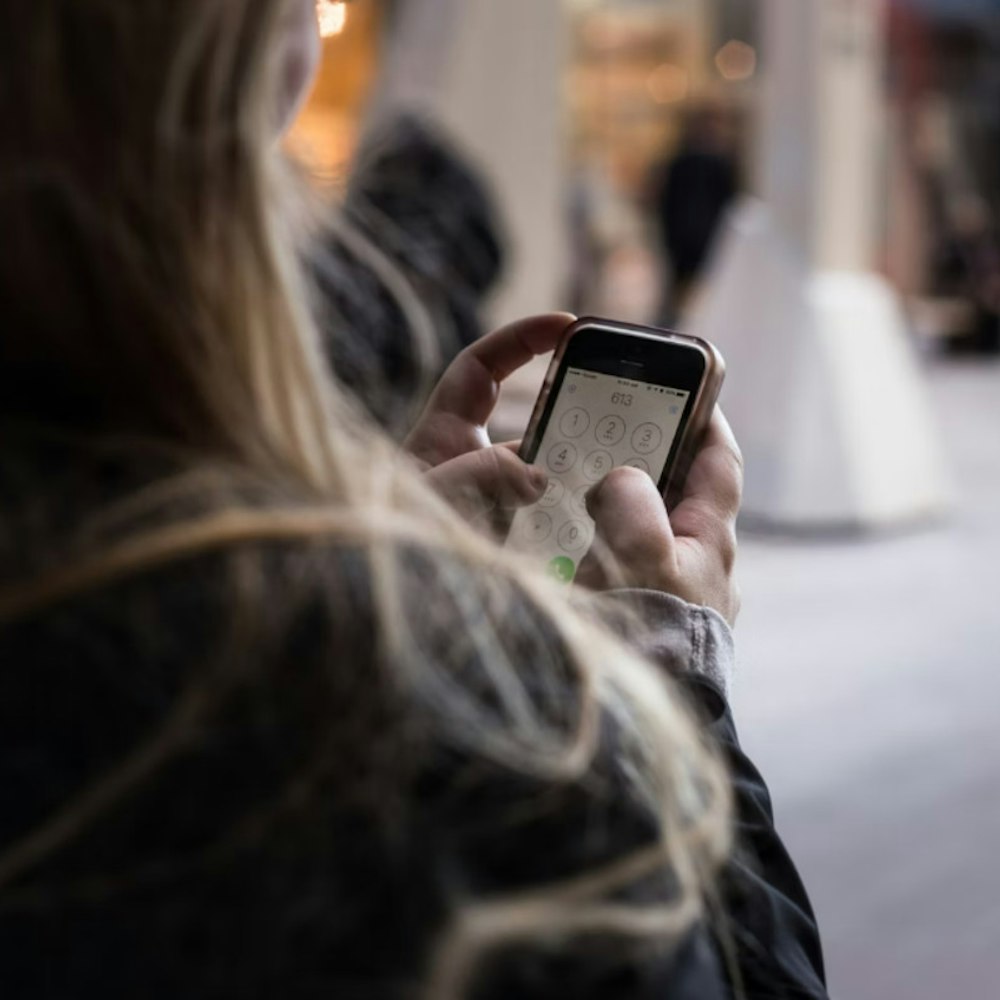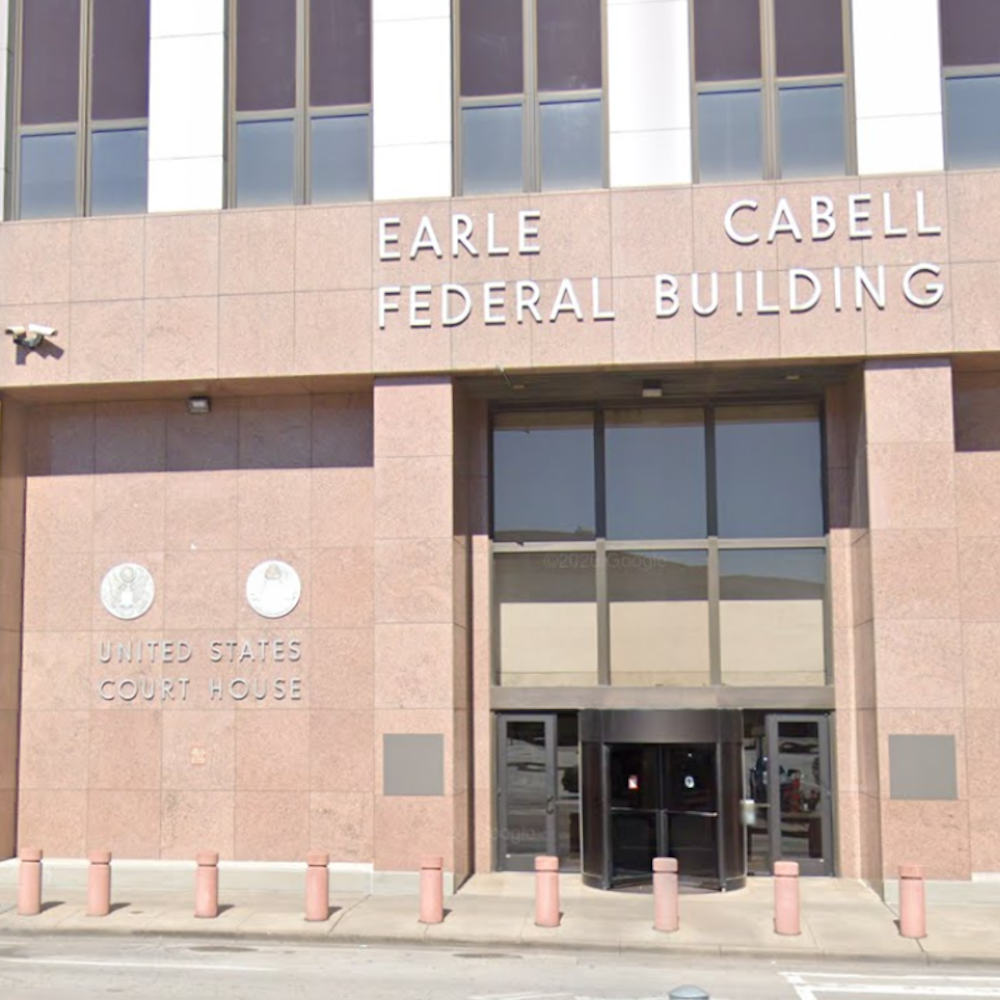
Racial inequality and community displacement are nothing new in San Francisco. From the internment of Japanese-Americans in World War II to the displacement of at least 10,000 African-American residents during the Fillmore's redevelopment, the city's minority populations have seen plenty of turmoil and change.
As skyrocketing rents and gentrification add another chapter to the story, Shizue Seigel, a Japanese-American whose family has deep roots in the city, wanted to find a way to create a dialogue. “How do I get across to people who are gentrifying the city what they’re losing by not paying attention to the people who are here?" she said. "[To the people] who are not paying attention to [our] racial history and labor history?”
With the help of the San Francisco Arts Commission, Seigel has set up Write Now!, a series of free writing workshops to explore how the current climate is impacting community members in two adjacent neighborhoods: the Fillmore and Japantown.
For the Fillmore program, Seigel teamed up with the African-American Historical and Cultural Society to reach out to “invisible” adults. Her hope was to give an opportunity for expression to those who are neither seniors nor youth, the two groups most frequently targeted for this sort of community project.
In the first session, participants were asked to share their connection to the Fillmore and their reasons for writing. The impact of development and rising costs on the African-American community was a common theme.
At those initial workshops, “I was really hot about gentrification in the city, and my writings would go back to that,” said Write Now! Fillmore participant Landa Williams.
With the emigration of over 100,000 African-Americans from San Francisco in recent decades, change has been rampant. Some participants, like Juanda Stewart, see the workshops as an opportunity to share memories of the neighborhood as it used to be, while others, like Charles Dixon, want to explore where the community finds itself today.
“It’s what you do going forward, and how you look at the situation now, that matters most to me, “ he said. “You can’t go back again, so you have to figure out a strategy for growth.”
In later sessions, Seigel prompted the writers with a short piece of her own writing followed by questions such as, “In the face of the daily onslaught—from gentrification to Ferguson—what keeps you going?” or “Draw a map of the Fillmore as you know it.”
Between the workshops, writers are encouraged to send their pieces to Seigel for feedback. For one blind writer, Seigel provided a stack of self-addressed stamped envelopes with squares of sandpaper glued to the back, so she could easily send her work to be reviewed.
The forms of writing that participants have produced vary drastically, but many share an underlying theme of displacement and gentrification.
Juanda Stewart’s pieces focus on vanishing neighborhood landmarks, like African-American churches and the theaters that once lined Fillmore Street. Landa Williams’ play Instant Soup tells the story of two homeless men discussing the city’s history and the changes it's undergoing. She is currently at work on a series about African-American land ownership. One single mother and activist describes growing up in the projects and drawing strength from a former mural in the Fillmore of a woman in a yellow dress (pictured in the portrait above), reminiscent of the West African goddess Oshun.
“There’s a lot of fertile stuff I want to write about,” agrees Dixon. He is currently working on an essay about Mario Woods, a form of writing he’s found suits him.
Originally slated to conduct only three workshops each in the Fillmore and Japantown, the Write Now! Fillmore group has turned into a monthly, two-hour meeting. “Shizue is very passionate and gets involved with the people,” notes Williams. That passion has been part of what keeps her, and others, returning month after month.
While Seigel acknowledges that the Write Now! workshops are just a “drop in the bucket” when addressing issues of racism and gentrification, she also knows how powerful it can be for individuals to share their stories.
A chapbook (short booklet) of Write Now! writings will be available at a live reading at the San Francisco Public Library's Main Library on May 22nd, 2016.
The free Write Now! Fillmore workshop takes place every second Saturday between 10am and 12pm on the second floor of the San Francisco African American Arts and Culture Complex at 762 Fulton St. To register or for more information about participating, call 415-221-0487 or email shiz1 {at} mindspring {dot} com.









